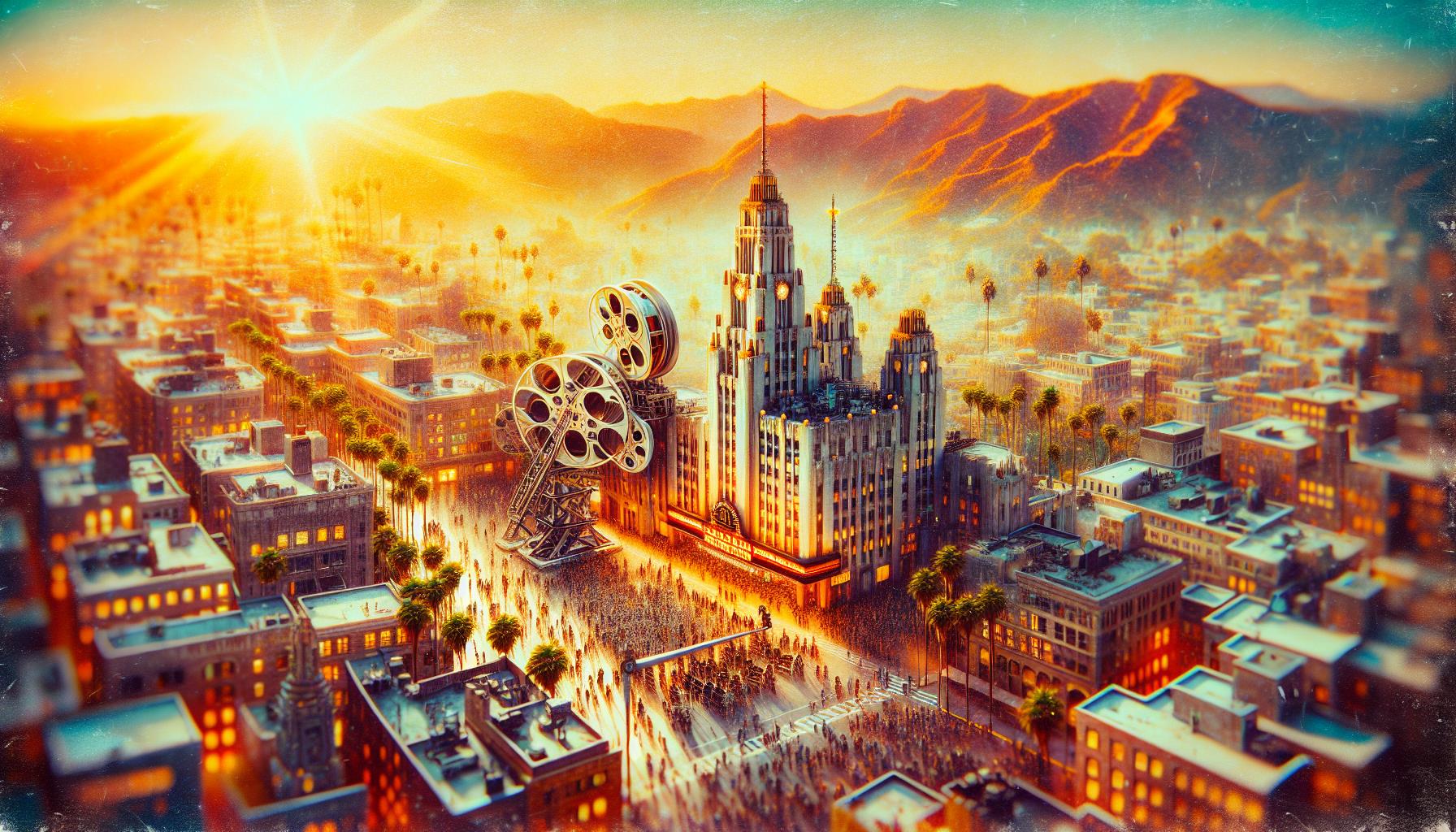The Advent of AI in Film Trailers
Artificial Intelligence has revolutionized multiple industries, and the film industry is no exception. With the advent of advanced AI tools, creators are now able to produce short scenes for concept trailers of films that might never make it to the big screen. These concept trailers serve as a visual pitch for ideas that, while potentially far-fetched, showcase the creative potential of filmmakers and AI technology working in tandem.
The recent trend involves using AI to envisage actors in roles they have never played, or in films that do not exist. This allows fans to see a glimpse of ‘what could have been,’ bringing to life the movie dreams that have long existed in their imaginations. The technology behind this involves deep learning algorithms that can analyze and replicate the style, lighting, and composition of existing movie footage to create entirely new scenes.
Spotlight on a Viral Sensation
One video that has captured the attention of many is a concept trailer featuring Henry Cavill as the iconic James Bond. Despite Cavill’s interest in the role, he has never been officially cast as the suave spy. The AI-generated trailer provided a tantalizing look at what Cavill might bring to the character, sparking discussions and excitement among fans and industry observers alike.
However, another AI-generated trailer has surpassed even the buzz created by the Cavill video. This trailer, which presents a completely unexpected casting or narrative, demonstrates the surprising and innovative capabilities of AI in reimagining film content. The intrigue lies in the unexpectedness of the content, proving that AI can not only match human creativity but also produce work that is fresh and unanticipated.
Behind the Scenes with KH Studio
KH Studio, a YouTube channel known for its AI-assisted videos, has been at the forefront of this emerging trend. Their channel has become a hub for these imaginative trailers, showcasing a variety of ‘what if’ scenarios that have garnered a significant following. The success of their videos is attributed to the meticulous quality and attention to detail, which resonates with viewers’ cinematic fantasies.
The process involves a blend of AI technology and human creativity. The AI tools are used to generate the visuals, but it is the human touch that guides the narrative and ensures that the trailers resonate emotionally with viewers. KH Studio’s work highlights the symbiotic relationship between man and machine, where AI serves as a tool to enhance human creativity.
The Pros of AI-Generated Trailers
The use of AI in creating movie trailers has several advantages. For one, it allows for the exploration of creative ideas without the need for a full-scale production, which can be costly and time-consuming. It also provides a platform for fan engagement, allowing audiences to see their favorite actors in dream roles or scenarios.
Moreover, these trailers can serve as a testing ground for studios to gauge audience interest in potential projects. The viral nature of such content can offer valuable insights into what concepts might be successful if developed into full-length features. This could lead to more audience-driven content in the film industry, with studios responding to what viewers genuinely want to see.
The Cons and Ethical Considerations
However, there are also downsides to the use of AI in this context. The primary concern is the ethical implications of using an actor’s likeness without their consent. The technology raises questions about rights and royalties, especially if the content gains significant popularity or commercial use.
Additionally, while AI can produce visually stunning trailers, it cannot replace the nuanced storytelling and emotional depth that come from human writers and directors. There is a risk that the overreliance on AI could lead to a homogenization of content, where unique voices and perspectives are lost in favor of what is most likely to go viral.
What’s Missing in the AI Trailer Phenomenon?
Despite the success of AI-generated trailers, there is a gap in the narrative complexity that can currently be achieved. AI is excellent at mimicking styles and creating short scenes, but it lacks the ability to craft deep, meaningful stories that require a human touch. The trailers may look visually appealing, but without a compelling story, they cannot fully capture the essence of what makes a film truly memorable.
Furthermore, there is a need for a clearer framework regarding the ethical use of AI in manipulating images and likenesses of real people. As the technology advances, the industry will need to establish guidelines to protect the rights of individuals while still encouraging creative innovation.In conclusion, AI tools have opened up new possibilities in the realm of film trailers, allowing creators to visualize and share concepts for films that may never be produced. While this has led to exciting content and engaged audiences, it is important to balance the use of technology with ethical considerations and a commitment to storytelling excellence.
